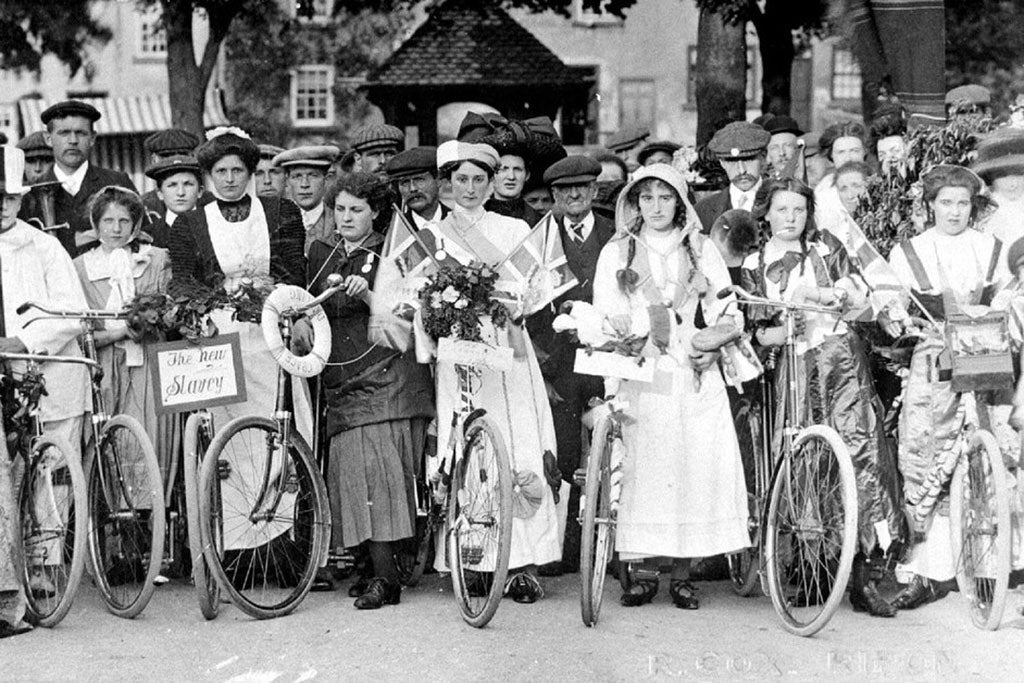In the final decade of the 19th century, something remarkable happened not with laws or legislation, but with spokes, pedals, and wheels. The invention and rising popularity of the bicycle became more than a cultural trend; it became a vehicle for change, particularly for women. At a time when social rules tightly constrained female behavior and mobility, the bicycle opened up a new world of independence.
As women across Europe and the United States began to ride, they did much more than adopt a new form of transportation. They challenged the fashion, behavior, and expectations imposed by Victorian society. In this seemingly simple machine, women found a new path forward.
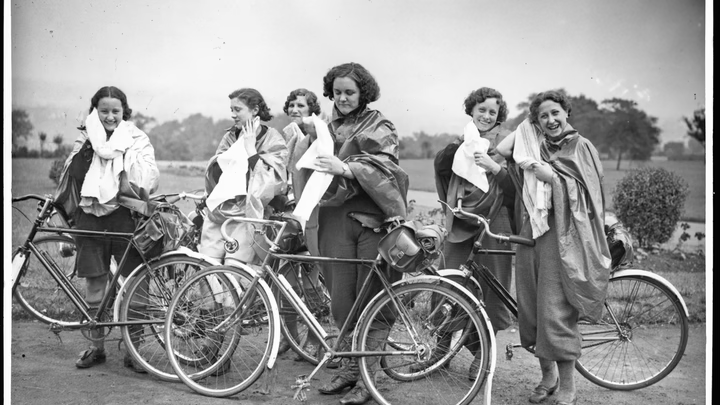
Shifting Gears: From Corsets to Bloomers
One of the most visible changes brought on by cycling was in women’s clothing. Victorian fashion had long demanded heavy skirts, tight corsets, and layers of fabric that symbolized modesty but limited movement. These garments made it nearly impossible to ride a bicycle safely or comfortably.
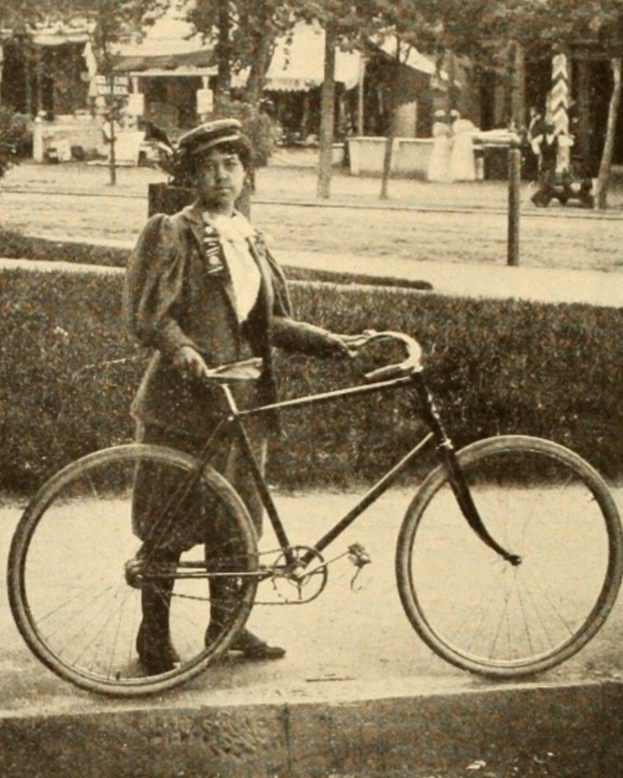
To embrace this new mobility, many women adopted bloomers loose-fitting trousers gathered at the ankle. Though practical, the switch to bloomers was considered scandalous by conservative critics. Nevertheless, bloomers became a symbol of rebellion and freedom. Women began to dress not for appearance but for action, and this shift in fashion was one of the earliest public signs of changing attitudes toward women’s roles in society.
Video:
Bicycles: Pedaling Toward Women’s Liberation
Susan B. Anthony and the Bicycle Revolution
Susan B. Anthony, one of America’s leading suffragists, famously declared that bicycling “has done more to emancipate women than anything else in the world.” Her words captured the spirit of the time. Bicycles did not just change how women moved they changed how women were perceived, and more importantly, how they perceived themselves.
Riding a bicycle required balance, confidence, and strength. For many women, it was the first time they could go where they wanted, when they wanted, without relying on a man or a carriage. This newfound physical freedom naturally led to social and intellectual freedom as well.
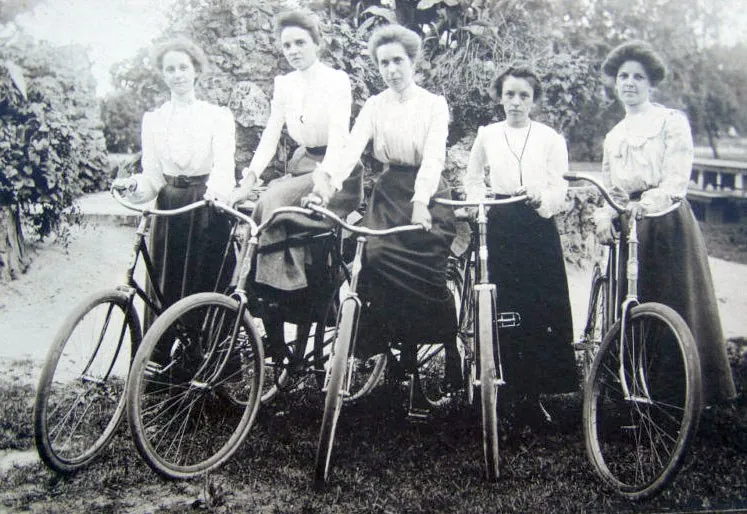
Women began traveling alone, meeting in public without escorts, and venturing into places that were once off-limits. The bicycle became both a literal and symbolic tool in the broader fight for gender equality.
Backlash from Society
As with most social progress, not everyone welcomed the change. Many doctors warned that cycling would harm women’s health or fertility. Newspapers published fearful editorials suggesting that cycling would make women masculine, promiscuous, or otherwise “improper.” There were even bizarre claims about “bicycle face” a fictional condition said to result in strained expressions from too much riding.
Video:
Bicycle Powered Suffragettes! [C1890 Photo Restoration]
But despite the mockery and manufactured fear, women kept riding. The freedom, convenience, and joy they found in cycling outweighed the criticism. Their persistence showed that the movement toward gender equality was gaining speed and could not be stopped.
Transforming Daily Life and Public Space
Bicycling also reshaped daily routines and public life. Women could now commute to work, visit friends, or enjoy leisure time without a male chaperone. For the first time, they had control over their schedules and destinations.
This independence led to broader conversations about women’s rights to vote, work, and participate in civic life. In many ways, the bicycle served as a stepping stone to other freedoms. It shifted how women saw their own capabilities and challenged the public to reconsider what women could and should be allowed to do.
A Legacy That Still Rolls Forward
Though today bicycles are often seen as recreational tools or fitness aids, their historical role in advancing women’s rights should not be forgotten. The cycling revolution of the 1890s helped lay the groundwork for the suffrage movement, the fight for equal education, and changes in family and work life.
What began as a mode of transportation became a powerful expression of autonomy. Every woman who climbed onto a bicycle in the 1890s made a quiet statement that echoed louder than words: she was not content to be confined. She wanted to move physically and socially and she was willing to take the first step, or in this case, the first pedal, toward that goal.
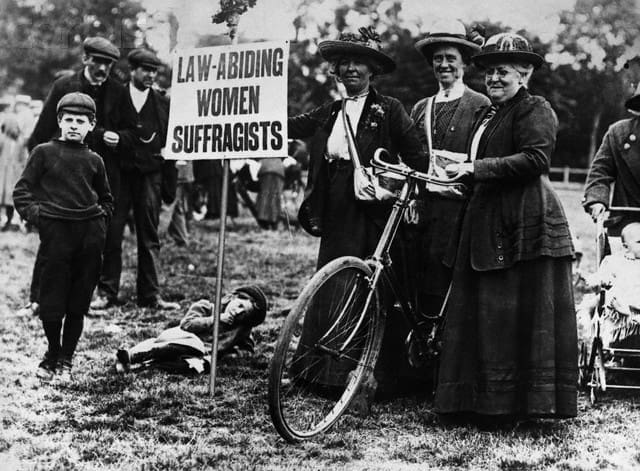
Conclusion: Two Wheels That Changed the World
The bicycle may not have been invented with revolution in mind, but it sparked one nonetheless. In the hands of determined women, it became a symbol of progress, self-reliance, and empowerment.
As Susan B. Anthony rightly noted, it gave women a sense of freedom they had never known before. And in doing so, it helped change the course of history not with noise or violence, but with quiet, graceful motion down newly claimed roads of independence.
